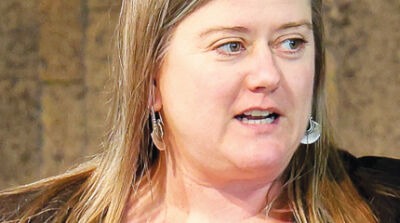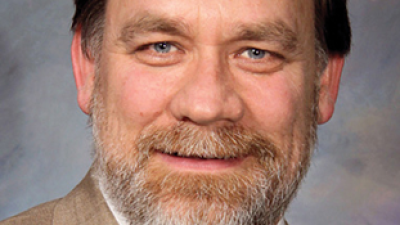STERLING HEIGHTS — Another step has been taken to clear the way for the city of Sterling Heights to get its own administrative diversity, equity and inclusion officer.
During a July 5 meeting, the Sterling Heights City Council approved a memorandum of understanding, or MOU, between the city and the Michigan Association of Public Employees Supervisory Employees Union.
According to city officials, the memo of understanding is part of the collective bargaining process, and it addresses staffing position changes and contractual wage steps. In this case, one of those staffing changes involves the creation of a diversity, equity and inclusion officer position, which was recently funded in the 2023-24 city budget.
According to the MOU, the DEI officer role would have salary steps ranging from $86,923 to $122,739 for the 2023-24 fiscal year, if the candidate is hired by the city after 2012.
According to the city, the DEI officer would implement the city’s DEI plans and programs, including those pertaining to worker engagement and workplace culture.
One such plan would train city employees about “cultural competency, gender and sexual differences, disability, and other topics to increase awareness and support equity and inclusion best practices.” The position would also try to “enhance the City’s culture for a positive, respectful, and anti-biased work environment.”
The position would also monitor demographic representation among the municipal staff and the community, as well as try to increase staffing diversity via recruiting strategies.
The DEI officer would report to City Manager Mark Vanderpool, and officials said the city will seek to fill the position right away after the MOU’s approval.
“So that position would be what’s in a group called our supervisory group,” Vanderpool said. “So this is a group of managers and supervisors exclusive from our Sterling Heights executive group.”
Ultimately, the City Council approved the memo of understanding in a 4-2 vote, with Councilwoman Deanna Koski and Councilman Henry Yanez voting no. Councilman Michael Radtke was absent.
Koski said she doesn’t think the DEI officer position is currently needed.
“We have spent the last couple years training our directors, training our employees, creating a committee aboard to promote DEI within the workforce of Sterling Heights, and I feel that they’re doing an excellent job,” she said.
Councilwoman Maria Schmidt said she attended a Michigan Municipal League workshop on DEI and learned that the city needs this position.
“It’s very important to move us forward as an organization and to keep us current,” she said.
Yanez said he believes in the importance of DEI, but said that the DEI officer position “will be a director’s position” once staff is hired beneath that role. He added that he also attended the MML breakout session and said he asked the presiding DEI expert how to measure success, and he said she replied that it couldn’t be measured.
“I thought it was interesting that one of the things that she said that she tells her staff, her DEI staff, is to go out every day and challenge people — challenge people,” Yanez added.
“And I want you to think about when you go to work. And you know, I know you’re supposed to leave your home life at the doorstep, and you’re not supposed to bring it to work. But you know…. sometimes you’re having a bad day at work, and all of a sudden, somebody from the city is there to challenge you.”
Mayor Michael Taylor stressed that at this point the DEI officer is not a director position. He also said the position is an important one that will benefit Sterling Heights due to its diverse population and workforce.
“We have a not-very-diverse City Council, and we have a not-very-diverse city administration and not-very-diverse directors,” Taylor said. “And that’s fine — I’m not out here saying we need to just go start firing directors and start firing City Council members and appoint minorities. That’s not what I’m saying.
“What I’m saying is that we can’t think that we know the best way to serve a public that doesn’t necessarily reflect the way we look and hasn’t necessarily had the same experiences that we’ve had.”
 Publication select ▼
Publication select ▼



























